It’s easy to connect the work of Paul Herrmann to his skating background: his work is pure energy. The director brings a youthful, cinematic eye to commercials, music videos and his books alike. His work spans ads for Fendi, Versace Jeans and Louis Vuitton, shooting stills of Roger Federer for Rimowa, and quiet moments and landscapes of Sri Lanka. Our photographer Savannah van der Niet stopped by his Prenzlauer Berg flat to talk about the journey so far, and his passion for riding the Bürgermeisterin.
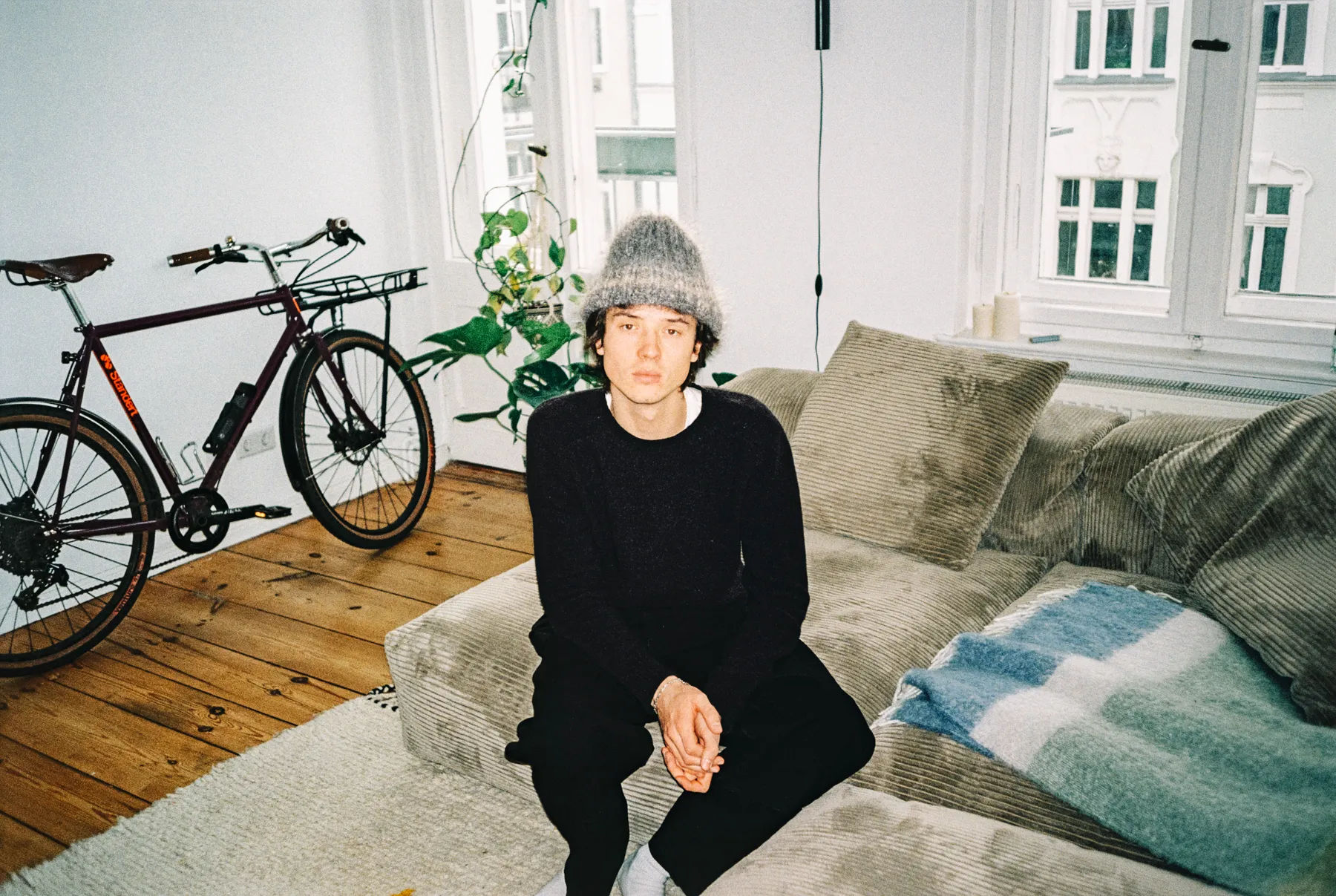
Tell us a bit about you.
I’m Paul. Mainly I’m a director. I have a hard time saying I’m a director because it means directing dialogue, but my work translates more to visual storytelling than from dialogue. I skateboard, I ride bikes and I take pictures while doing that. I travel and document while I’m traveling. I did a book a while back of skateboarding and photos of my friends, and just released another. It’s my way of having another creative outlet. I obviously love making films – it’s what I’m most passionate about – but I personally feel I want to do more than just making films. Making books gives me contrast: It’s within the same world, but different fields within this world.
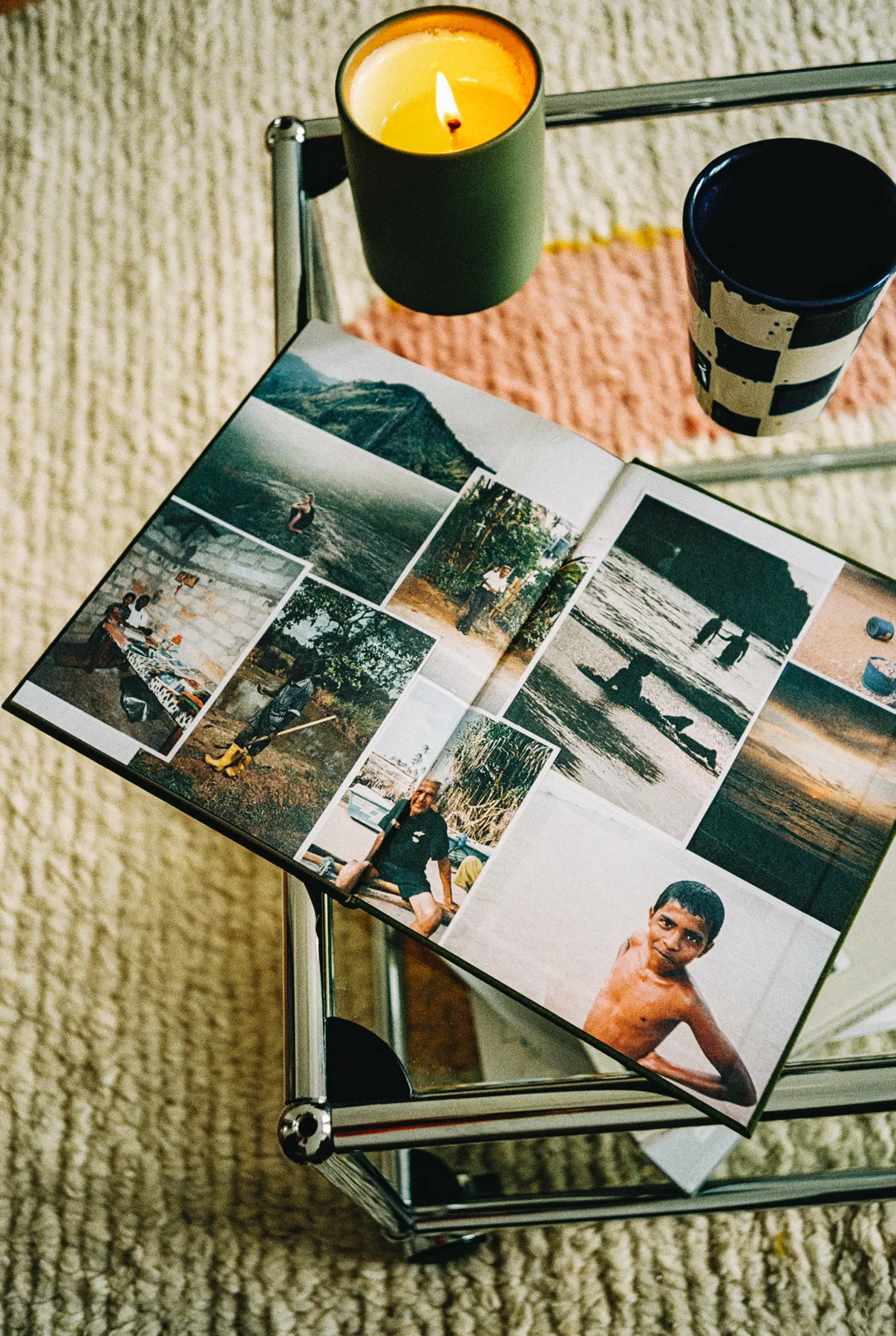

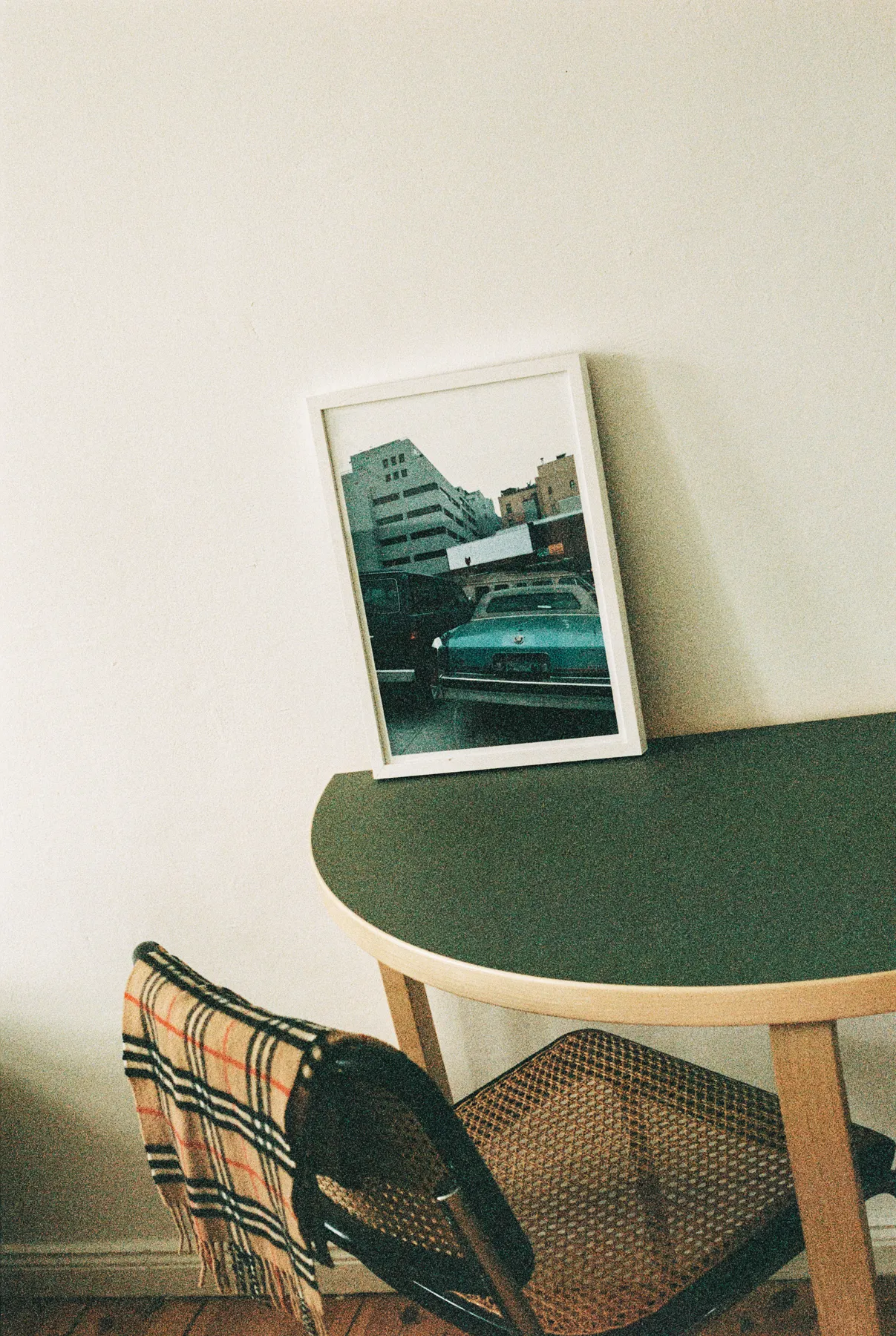
I remember listening to a podcast with Ira Glass where he talked about how the reason people are creative is essentially because they have taste. It seems that applies to you: different mediums, but it’s your taste that translates across them.
At the end of the day, a key part of being a director is curating. There’s a lot involved in directing of course, but to make an idea possible I have to create a team–from the director of photography to art department and make-up–that share my vision for the client. That’s when things on set really come together on-set.
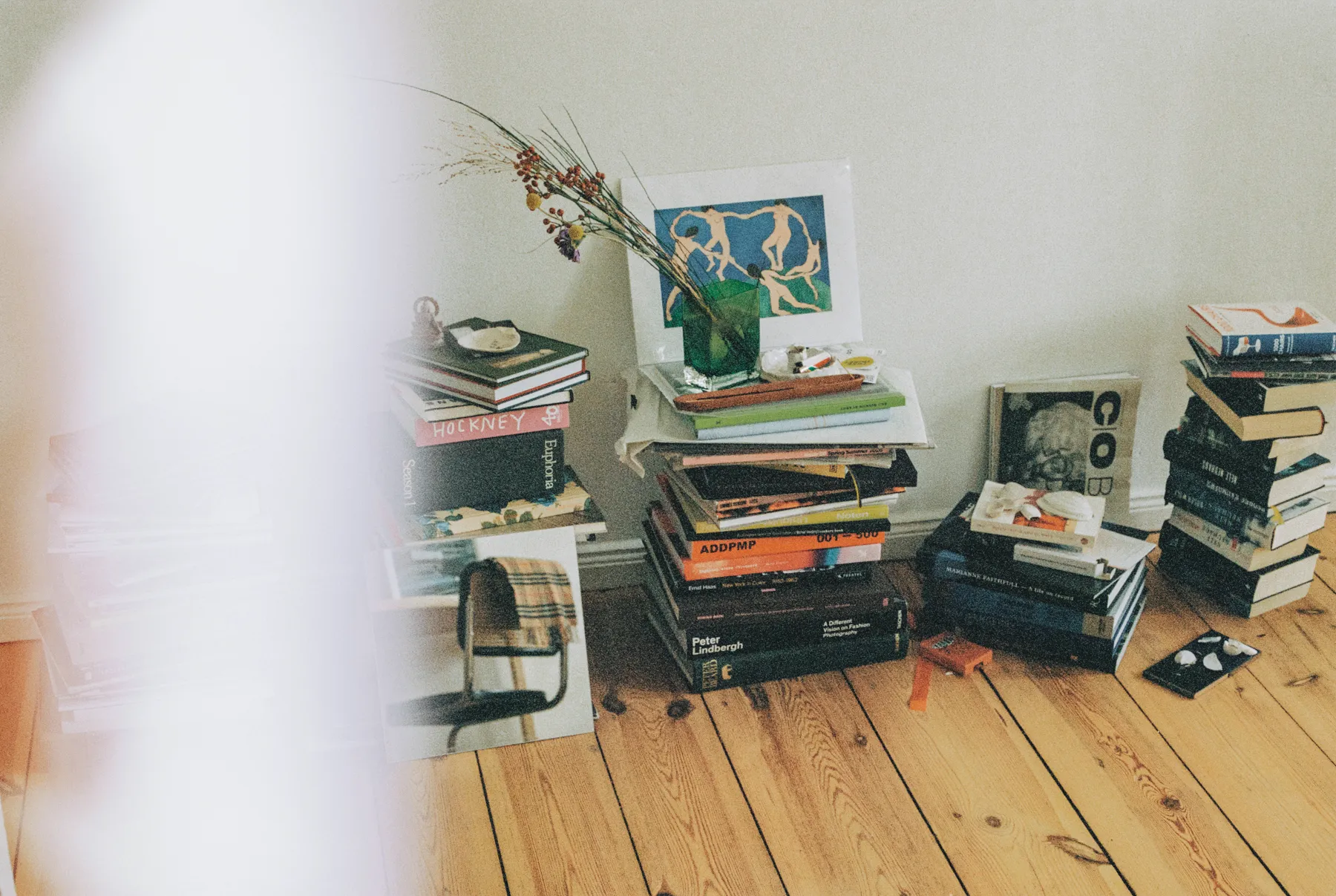
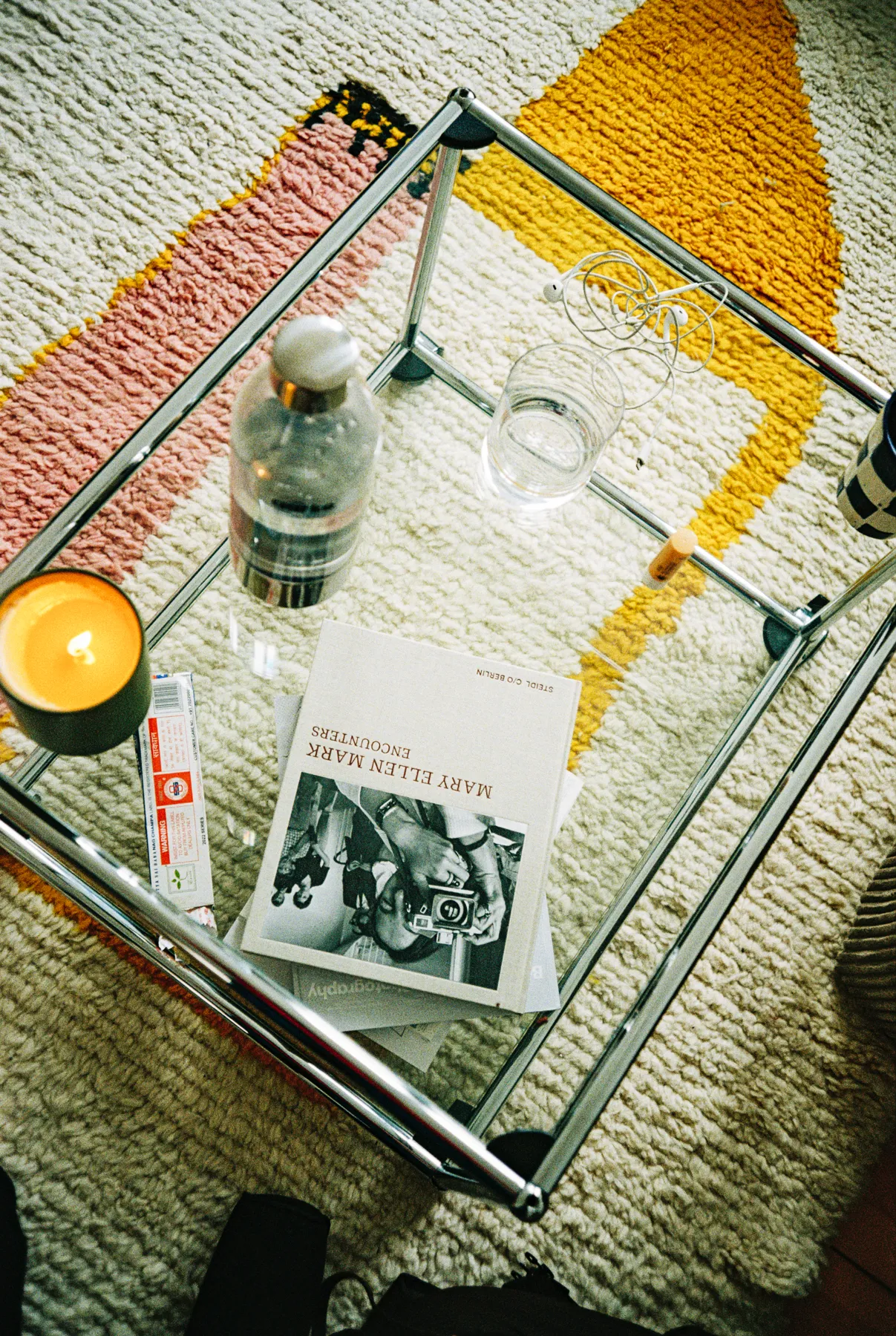

You released a book fairly recently?
It’s called “Between the Sky and the Sea.” In Sri Lanka they have folded tourist brochures. The first idea I had was that I’d take the pictures and lay it out like those. Halfway through the trip I thought This is too beautiful to turn it into something that people will treat as trash, so the book evolved from this. What felt so pure about the project was the people there are very open. They’ve been through so much shit in the last 20 years. Now the media presents that the country is in a Civil War. That’s the reality, but only part of the picture. The people there seem thankful that foreigners still come. All the people in the book gave permission to be featured. It’s a book of memories.
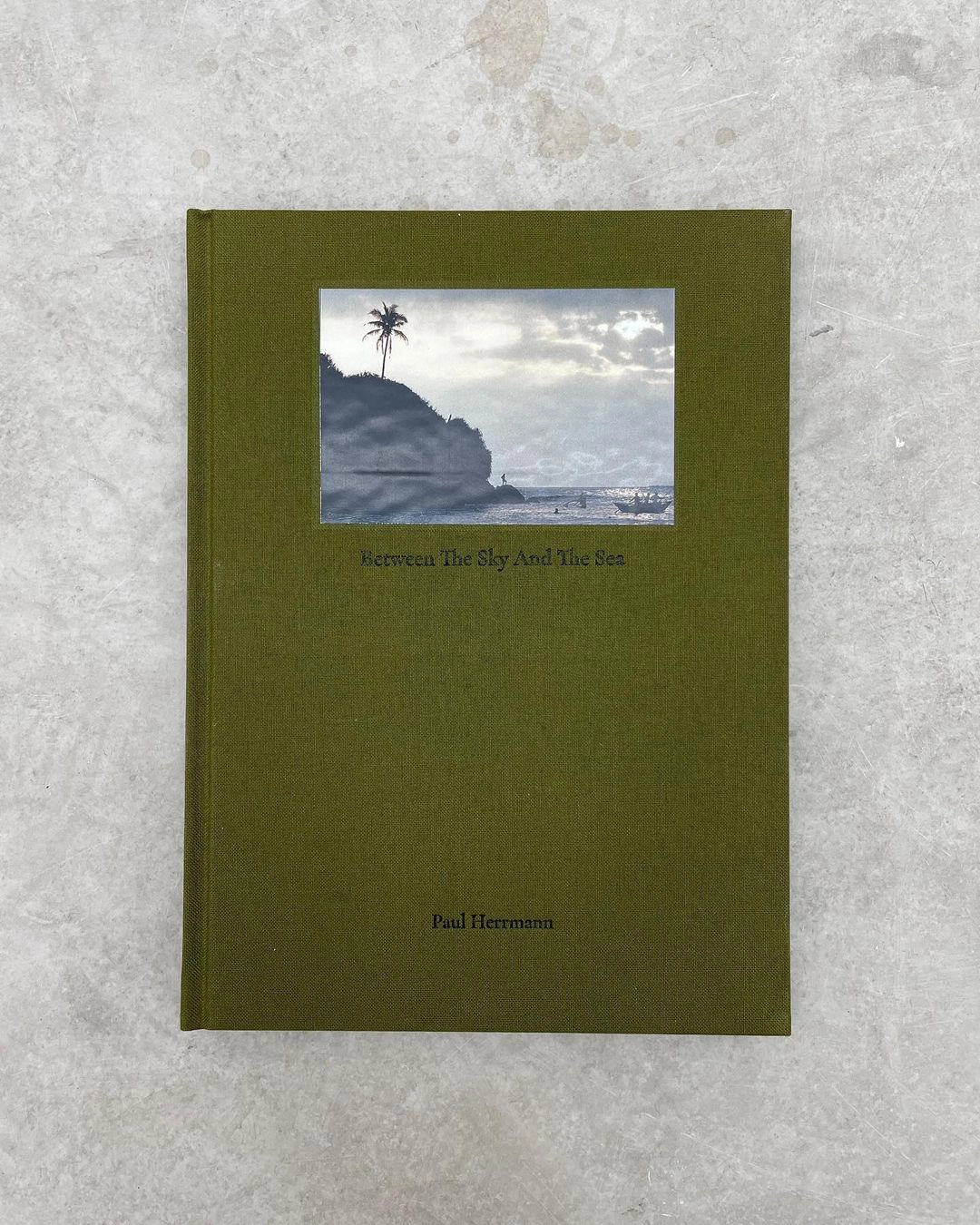


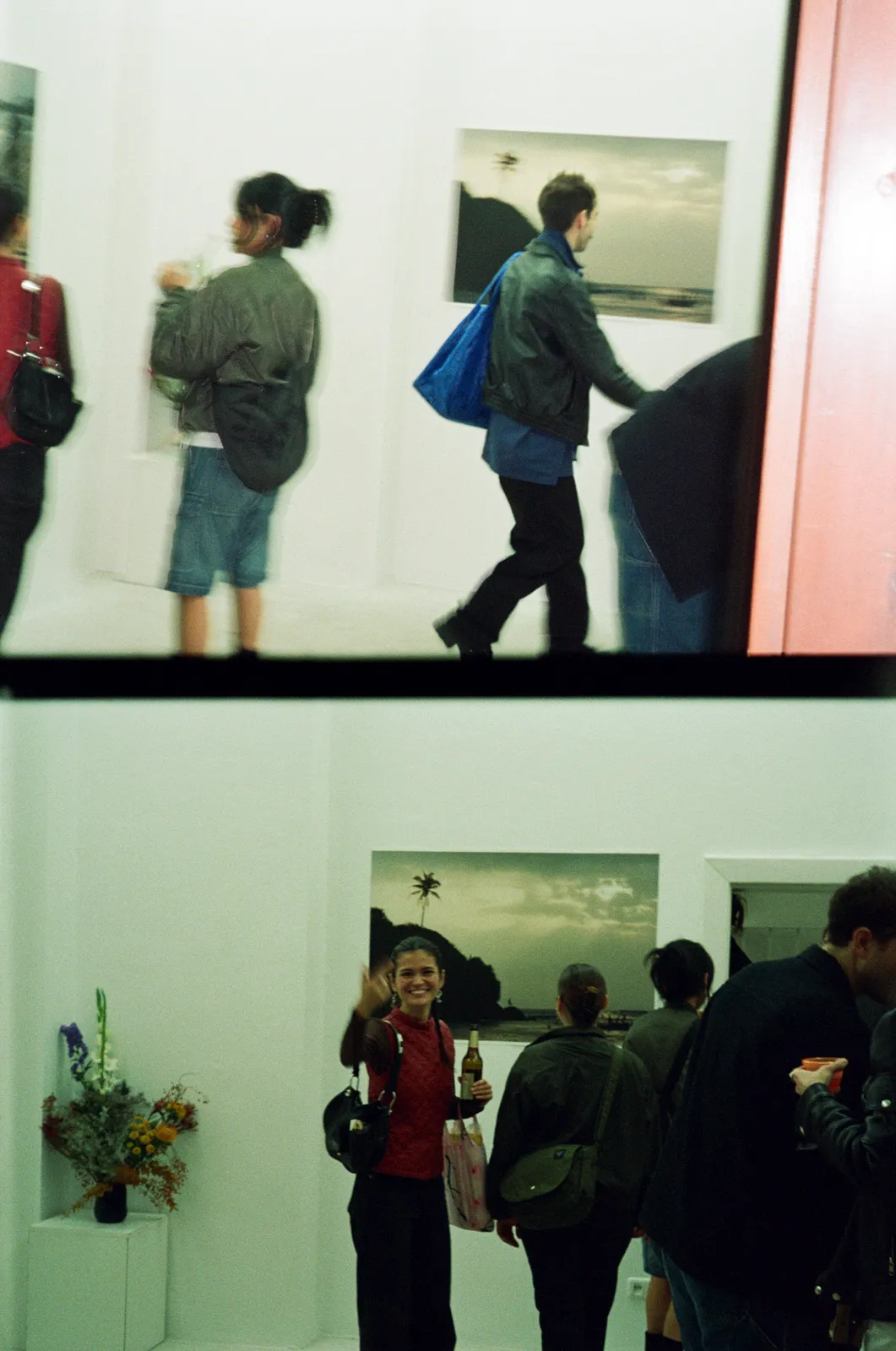
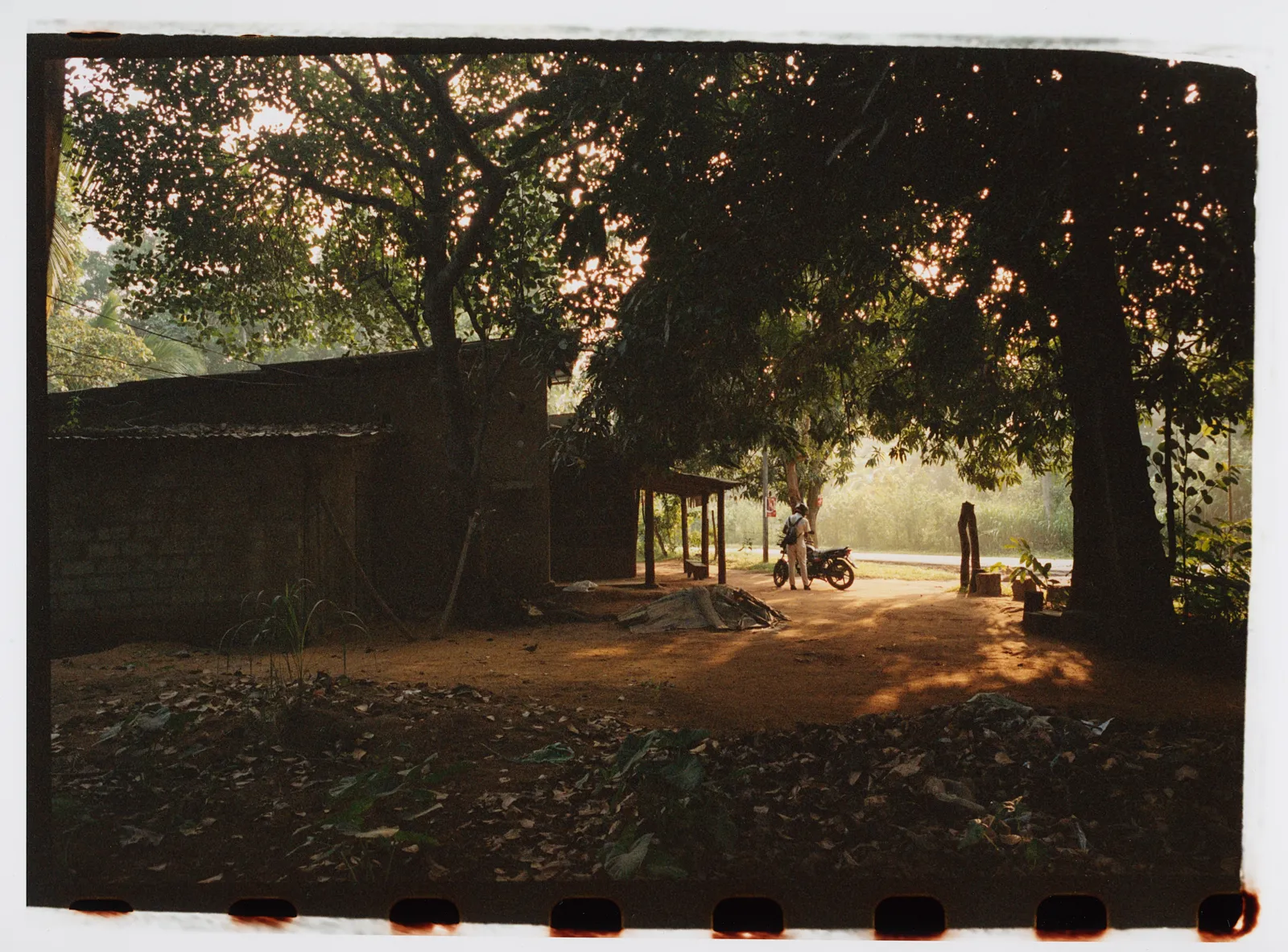
What was the path that led you to what you do?
Skateboarding. I started when I was about 12. I realized quickly I wasn’t as good as my friends were and was too scared to do what they did. A friend used to capture what we were doing with his dad’s camera, and he gave me a turn. I found it really interesting. My parents are biologists, but my grandpa always had a camera on him. Nearly every one of my birthdays were captured on VHS-tape. It might be one of the reasons I’ve always been interested in recording.
I met more people, filmed and filmed. I started traveling from where I was living, a small town near Frankfurt, to Berlin and shooting here. When I was 16 all I wanted to do was skate and make videos. Eventually, sponsors began sending me boards and clothing, and I thought Holy shit this is it, I’ve made it, this has totally paid off. Obviously it didn’t, but I started to see filmmaking as more than getting clicks on YouTube.
I finished school, moved to Berlin, and started working on film production. I was modeling at the time and my former agent knew I was into film and she brought me to Paris to shoot behind the scenes videos of the models from the agency. Now looking back on it, it was probably one of the reasons I got into the fashion scene so early. Everyone really liked what I made, which felt new to me because it wasn’t skating. From then on, it snowballed.
That was six years ago now, it was based more on favors. Now I have to prove myself a lot more. Yesterday I thought about it like this: if you have a map in front of you of a list with everyone who works as a director as a list. It’s millions and millions of people. The fact they pick you is fucking crazy. I want to give them the best version of myself to whatever the product might be.
I remember this feeling from the first job I did for Fendi. I was living in Berlin and the job was a campaign in Barcelona. When I got the job, they hadn’t realized I was traveling there to do the shoot, I guess they imagined I was living locally. They told me they’d understand if I didn’t want to take it, but I went there and did it. I even slept on a friend's floor to make it work. It’s not about how good you are at the start, it’s about how passionate you are, and how well you can show those people you’re the best person to do it. You have to invest a lot to make it work.
There’s no shortcut. Just work hard for a long time and be nice. If someone’s professional and you enjoy working with them you’ll work with them again.
If you really believe in something - the art you want to make, the film you want to make. Nobody wants to work with assholes.
When you’ve got the whole map…
Exactly.

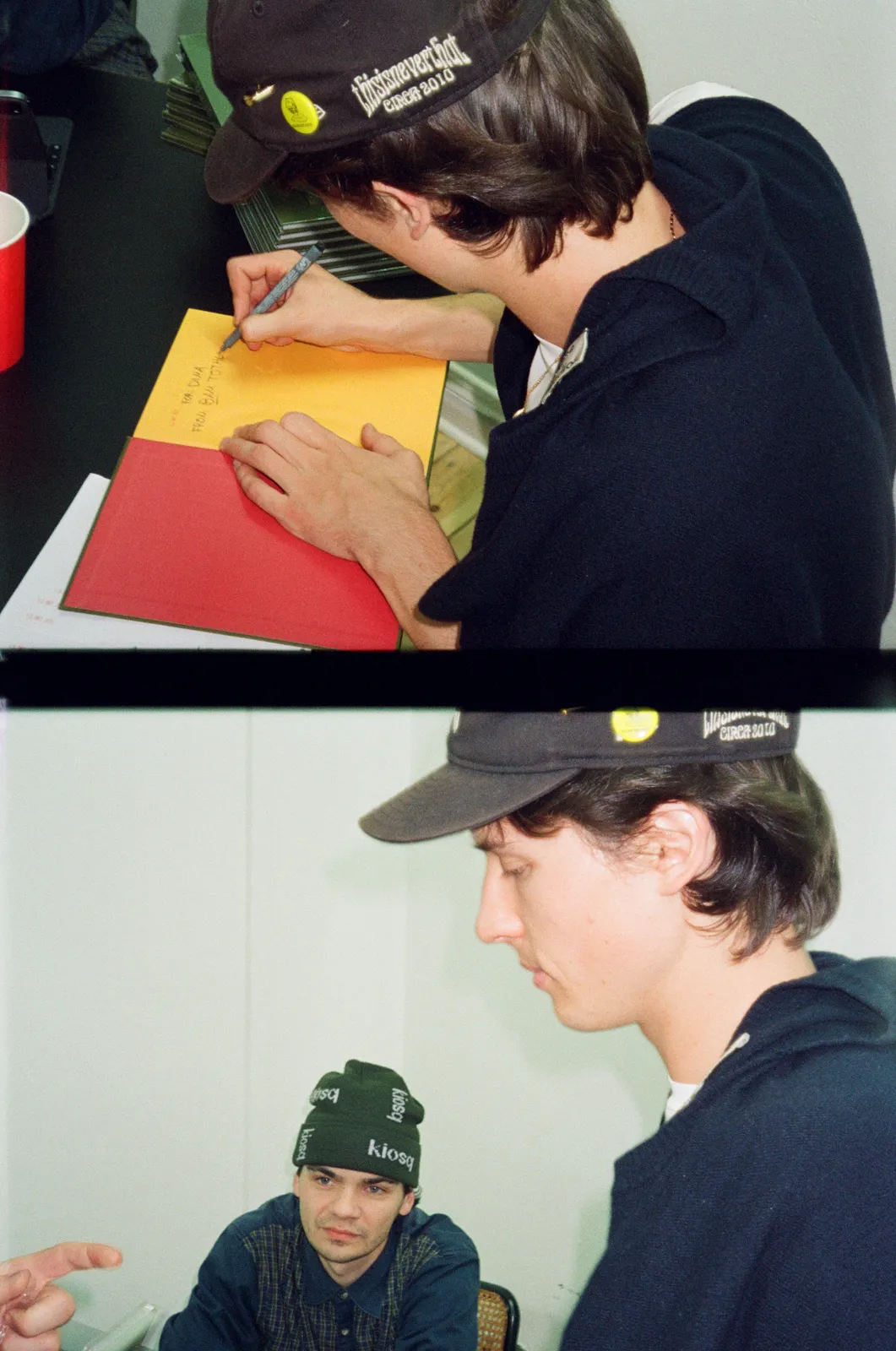
What’s your connection to cycling?
Slowly but surely I lost interest in skating. I don’t skate much anymore. I know Benni (Benjamin Markstein, Brand Manager at Standert) from my first-ever job as an intern at Place Mag, which he owned. I knew he’d moved to Standert and I think they have a creative outlet, and they’re local, so our connection makes a lot of sense. I texted Benni saying we should do something together.
What I love about biking is you’re outside the whole day, similar to skating. People know the lakes around Berlin, but I’m interested in capturing the alleys and roads that take you to these places. The video I’ve done for the Bürgermeisterin is very artificial, textural shots of what you see riding the bike, very different to what they’ve had before. I wanted a bike I could ride day to day, with the option to do a longer trip to Copenhagen, which is how we ended up with the Bürgermeisterin. Two good friends of mine and I do ride-outs on the weekends, going out for the entire day and seeing these places. I personally like to go slow and not rush.

